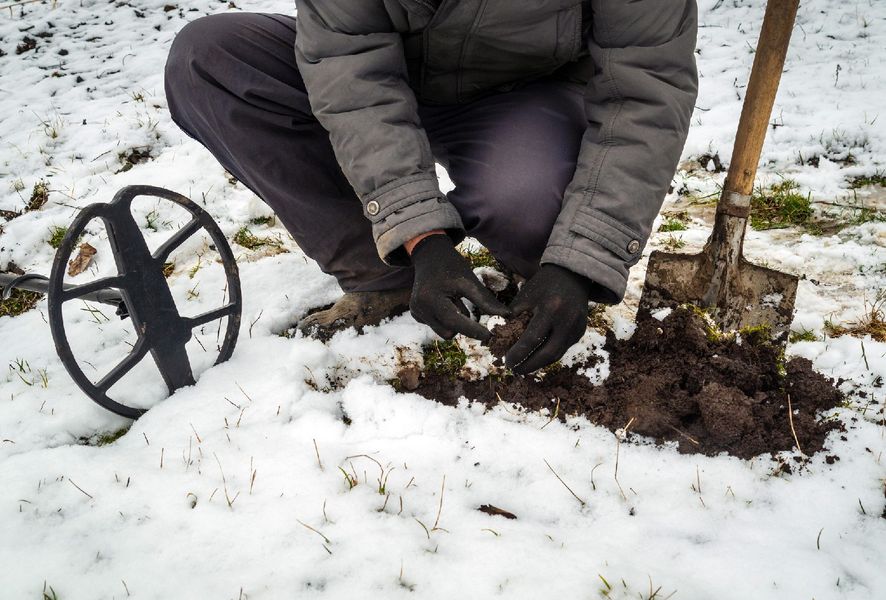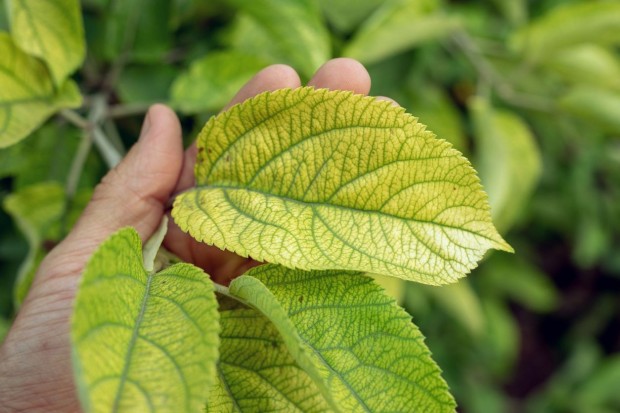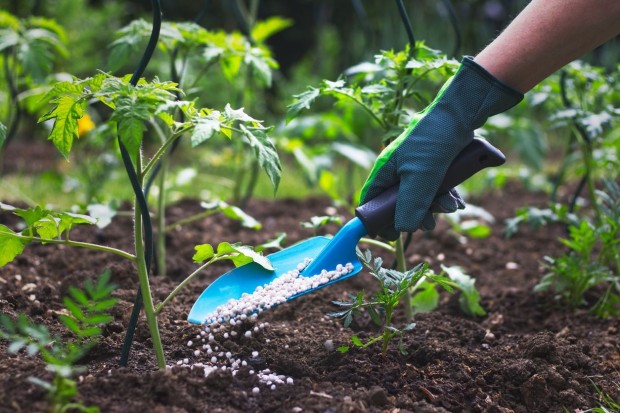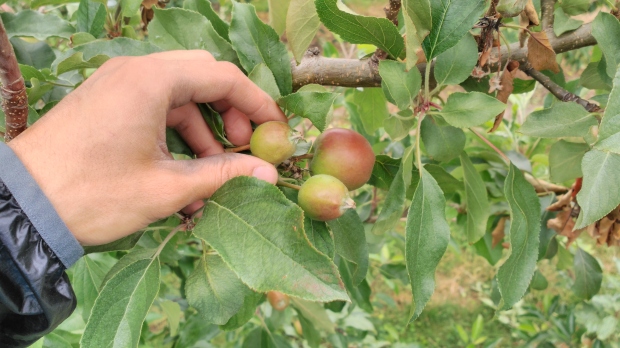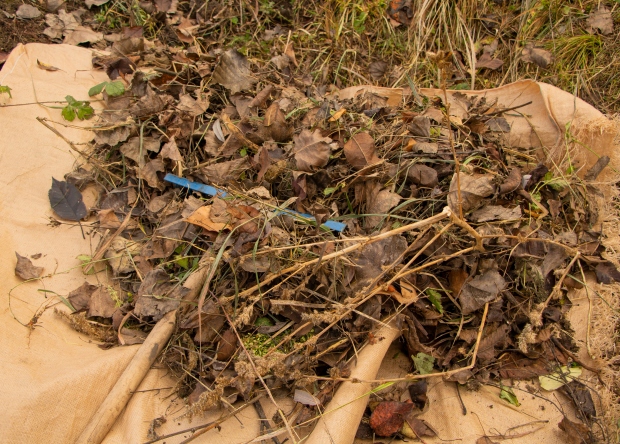DIY Winter Bird Feeder Project
Building a Bird Feeder to Enrich Your Winter Garden Ecosystem
Winter can be a challenging time for wildlife, especially birds, in search of food. By building a bird feeder, you not only provide a vital resource for these feathered friends but also invite a lively spectacle into your garden. This DIY project not only helps sustain the local bird population but also enhances the ecological balance of your garden.
Benefits of a Bird Feeder
Adding a bird feeder to your winter garden goes beyond just enhancing its aesthetic appeal. It plays a significant role in supporting local wildlife and maintaining ecological balance. In this section, we will explore the multifaceted benefits of having a bird feeder in your garden during the winter months.

Supporting Wildlife
Sustenance for Birds: Winter can significantly reduce the natural food supply for birds. A bird feeder provides essential nutrients that birds need to survive the colder months.
Diversity of Species: Different types of bird feed can attract a variety of species, adding biodiversity to your garden.
Enhancing the Garden Ecosystem
Pest Control: Birds are natural pest controllers. By feeding birds in winter, you encourage them to visit your garden year-round, helping to keep pest populations in check.
Pollination Support: Some bird species contribute to the pollination of plants. Attracting these birds can have a positive impact on your garden’s health and the local environment.
Educational and Therapeutic Benefits
Birdwatching Opportunities: A bird feeder provides an excellent opportunity for birdwatching, which can be educational and therapeutic. Observing different bird species and their behaviors can be a rewarding experience.
Connection with Nature: Feeding birds creates a deeper connection with the natural world, fostering a sense of responsibility and appreciation for wildlife.
Community and Environmental Impact
Supporting Bird Populations: By providing a reliable food source, you help sustain bird populations, which is vital for ecological balance.
Inspiring Others: Your bird feeder can inspire neighbors and community members to take similar actions, collectively benefiting the local ecosystem.
Choosing the Right Location
The location of your bird feeder is a critical factor in its effectiveness and the safety of the birds it attracts. A well-placed feeder will not only ensure that birds can easily find and access it, but also provide you with delightful views of your feathered visitors. This section will guide you through the considerations for selecting the optimal spot for your bird feeder in your winter garden.

Visibility and Safety for Birds
Clear Line of Sight: Choose a location where the feeder is visible to birds flying by. An open area with a clear view of the sky and surrounding landscape works best.
Protection from Predators: Ensure the feeder is placed away from places where predators, such as cats, can easily hide. Ideally, it should be at least 10 feet away from potential hiding spots.
Accessibility for Maintenance
Ease of Refilling: Position the feeder in a spot that is easy for you to reach for regular refilling and maintenance.
Safe Access in Winter: Consider how accessible the feeder will be in winter conditions, such as snow or ice, to ensure consistent feeding.
Viewing Pleasure
Enjoyable Observation: Place the feeder within view from a window or a comfortable outdoor seating area. This allows you to enjoy birdwatching from the warmth of your home.
Minimizing Window Collisions: To reduce the risk of birds flying into windows, place the feeder either less than 3 feet from a window (to prevent buildup of flight speed) or more than 30 feet away.
Environmental Factors
Shelter from Elements: Provide some shelter from strong winds and harsh weather, such as placing the feeder near a hedge or a tree. However, avoid placing it where snow or leaves could bury it.
Sunlight Exposure: Consider the amount of sunlight the location receives. A spot with partial sunlight is ideal, as it is neither too hot in summer nor too cold in winter.
Designing Your Bird Feeder
Crafting a bird feeder that suits both the needs of your local birds and the aesthetics of your garden can be a fulfilling DIY project. The design of the feeder plays a significant role in attracting different bird species and ensuring their safety. This section will explore various types of bird feeders and the materials needed to create a functional and appealing bird feeder for your winter garden.

Exploring Types of Feeders
Tray Feeders: These are simple, flat platforms that are easy to build and perfect for a wide variety of birds. However, they need regular cleaning and offer little protection from rain and snow.
Tube Feeders: Ideal for small birds like finches and chickadees, tube feeders protect seeds from weather and are less accessible to squirrels.
Suet Feeders: These are designed to hold suet cakes, which are a high-energy food source, ideal for winter feeding. They attract a range of birds including woodpeckers and nuthatches.
Materials and Tools
Choosing Eco-Friendly Materials: Opt for sustainable materials like untreated wood, bamboo, or recycled plastic. Avoid toxic paints or finishes.
Required Tools: Basic tools like a saw, hammer, nails, and a drill will be necessary for most designs. Consider the complexity of the design based on your skill level and available tools.
Personalizing Your Feeder
Aesthetic Considerations: Design your bird feeder to complement your garden’s style. This can range from a rustic, natural look to a more modern design.
Adaptability for Different Birds: Consider making a feeder that can be adapted or modified to attract different types of birds. This could mean adjustable feeding ports or removable trays.
Ensuring Bird Safety
Smooth Edges: Ensure all parts of the feeder are smooth and free of sharp edges to prevent injury to birds.
Sturdy Construction: Build a robust feeder that can withstand weather conditions and the activity of birds and potentially other animals like squirrels.
Building the Feeder
Constructing your bird feeder is a hands-on way to engage with your garden and local wildlife. Whether you’re a seasoned DIY enthusiast or a beginner, building a bird feeder can be a simple and enjoyable project. This section will provide you with step-by-step instructions and safety tips to help you successfully create your own bird feeder.

Step-by-Step Instructions
- Preparation: Gather all your materials and tools. Lay out the pieces according to your design plan.
- Cutting the Wood: If you’re using wood, measure and cut it to the required sizes. Always wear safety goggles when cutting.
- Assembling the Base: Start by assembling the base of the feeder. If it’s a tray feeder, ensure it has drainage holes. For a tube feeder, prepare the tube and drill holes for the feeding ports.
- Attaching the Sides: Secure the sides to the base. If you’re making a house-style feeder, this will involve more intricate work to create the roof and walls.
- Adding the Roof: For feeders that require a roof, attach it in a way that it overhangs the feeder to protect the food from weather.
- Final Touches: Sand down any rough edges. If you choose to paint or stain your feeder, ensure the materials are non-toxic and bird-safe.
Safety Tips
- Handling Tools: Use tools according to their instructions and wear appropriate safety gear, such as gloves and goggles.
- Work Area: Keep your work area clean and organized to avoid accidents.
- Supervision: If children are involved in the project, ensure they are adequately supervised, especially when using tools.
Customization and Decoration
- Personalization: Decorate your feeder in a way that reflects your personal style and complements your garden. This could include painting, adding decorative elements, or using specific colors.
- Involving Family: Building a bird feeder can be a fun family activity. Encourage children to participate in safe and suitable tasks, such as painting or decorating.
Filling and Maintaining the Feeder
Once your bird feeder is built and installed, the next crucial steps are filling it with the right kind of food and maintaining it properly. These practices are key to attracting a variety of birds and ensuring their health, as well as keeping your feeder in good condition for years to come. This section covers the best practices for filling and maintaining your bird feeder.

Choosing Bird Food
Variety of Seeds: Different birds have different preferences. Black oil sunflower seeds are a great all-rounder, attracting a wide variety of birds. Nyjer seeds are excellent for finches, and suet cakes are ideal for woodpeckers and nuthatches.
Avoid Cheap Seed Mixes: Inexpensive mixes often contain filler seeds that most birds don’t eat. Opt for higher-quality seeds to attract more birds and reduce waste.
Seasonal Considerations: In winter, high-fat foods like suet and black oil sunflower seeds are beneficial as they provide the extra energy birds need to stay warm.
Regular Cleaning
Frequency: Clean your bird feeder every two weeks or more often if it’s heavily used. Regular cleaning prevents the buildup of harmful bacteria and mold.
Cleaning Process: Disassemble the feeder as much as possible and scrub it with soap and hot water. Rinse thoroughly and let it dry completely before refilling.
Sanitization: Occasionally, use a solution of one part bleach to nine parts water to sanitize the feeder, especially if you notice sick birds.
Refilling Tips
Consistency: Refill the feeder regularly to establish a routine for birds. They will learn to visit your feeder as a reliable food source.
Monitor Seed Levels: Don’t overfill the feeder, as this can lead to stale seeds. It’s better to refill little and often.
Preventing Pests
Squirrel Deterrents: If squirrels are a problem, consider a squirrel-proof feeder design or add baffles to prevent them from accessing the feeder.
Clean Ground Area: Regularly clean under the feeder to prevent attracting rodents and other pests.
Observing and Enjoying Your Feathered Guests
The true reward of building and maintaining a bird feeder comes from observing and enjoying the variety of birds it attracts. Birdwatching can be a relaxing and educational activity, offering insights into the behaviors and characteristics of different bird species. This section provides tips on how to make the most of your birdwatching experience and enjoy the lively presence of your feathered guests.

Bird Identification
Guidebooks and Apps: Utilize bird identification guidebooks or apps to learn about the species visiting your feeder. These resources often provide information on bird calls, physical characteristics, and habits.
Noting Distinct Features: Pay attention to size, shape, color patterns, and behaviors. These are key identifiers for different bird species.
Creating a Birdwatching Haven
Comfortable Viewing Spot: Set up a cozy spot near a window where you can comfortably watch the birds. Consider a pair of binoculars for a closer view.
Photography: If you’re interested in photography, bird feeders provide excellent opportunities to capture stunning photos of birds in natural poses.
Recording Sightings
Keeping a Log: Maintain a birdwatching journal to record the types of birds you see, their behaviors, and the frequency of their visits. This can be a rewarding way to track changes and patterns over time.
Citizen Science: Participate in bird counts and other citizen science projects. Your observations can contribute valuable data to bird conservation efforts.
Educational Aspect
Learning Opportunity: Birdwatching is a great way to learn about local wildlife and ecosystems. It can be especially educational for children, fostering a sense of curiosity and connection to nature.
Seasonal Changes: Observe how the variety of birds and their behaviors change with the seasons. This can provide insight into migratory patterns and the health of your local bird population.
Sharing the Experience
Family Activity: Involve family members, especially children, in birdwatching. It’s a fun and educational way to spend time together.
Community Engagement: Share your experiences and photos with local birdwatching groups or online communities. This can be a great way to connect with fellow bird enthusiasts.
The journey of building and maintaining a bird feeder culminates in the delightful experience of birdwatching, a window to the natural world right in your backyard. This endeavor extends beyond feeding birds; it’s about fostering a connection with nature and contributing to local wildlife. The feeder becomes a hub of activity, offering endless opportunities for observation, learning, and relaxation. Whether you’re an experienced birdwatcher or a curious observer, the sights and sounds of visiting birds provide a daily reminder of the wonders of nature and the simple pleasures that can be found in our own gardens.




